Second in the series: Part One
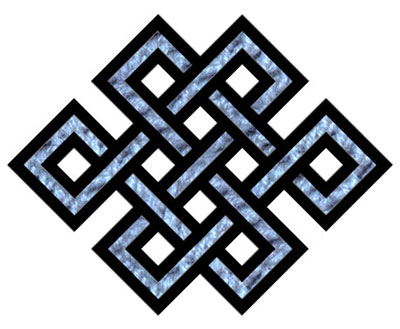
Isn’t it so, that there’s a symbol that continuously finds itself representing, to you?
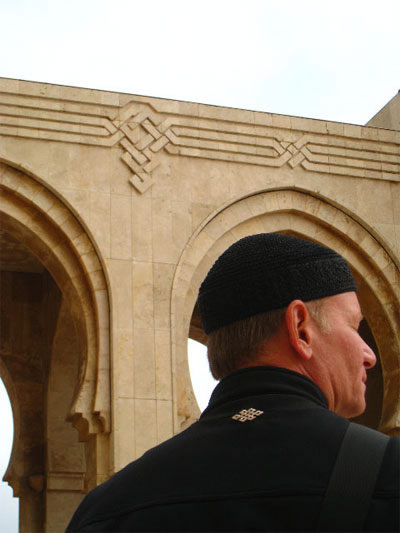
The Grand Mosque, Casablanca, Morocco
For me, aside from the Raven, it’s the knot. And like the one nestled below my neck, above, I’ve created them, had them made, and worn them for a long time. And I’ve come in contact with the knot, all over the world. Of course, in Mongolia, Tibet and Bhutan, the knot figures as an important element in spiritual connection. During my college years, I studied the knot in the Celtic and Lindisfarne traditions, as another decorative and deeply symbolic form of contemplation and worship. For the knot is the “endless” or “eternal knot.” And, in that exploration, the Islamic world has perhaps the deepest legacy of application, yet the scarcest registration of meaning. It is an archetypal symbol, and long prevalent as a motif of the intertwining opposites, in a perpetual non-conclusion.
It’s been described as “an ancient symbol representing the interweaving of the Spiritual Path, the flowing of Time and Movement within That Which is Eternal. All existence, it says, is bound by time and change, yet ultimately rests serenely within the Divine and the Eternal.” Attributes of the symbol are:
- The inter-twining of wisdom and compassion.
- Interplay and interaction of the opposing forces in the dualistic world of manifestation, leading to their union, and ultimately to harmony in the universe.
- The mutual dependence of religious doctrine and secular affairs.
- The union of wisdom and method.
- The inseparability of emptiness (shunyata) and dependent origination, the underlying reality of existence.
- Symbolic of know symbolism in linking ancestors and omnipresence and the magical ritual and meta-process of binding.
- Since the knot has no beginning or end it also symbolizes the infinite wisdom of the Buddha.
But, given the fascination with the symbolism of the knot, and of weaving — the interlacing of warp and weft, heaven and earth, the known and the unknown, the solid and the formless — I ponder the meaning of the knot in the context of a remarkable form of art in the Islamic festival of celebrating spirit. Geometry, given its non-illustrative character, is a predominant decorative them in Muslim art, usually dominating other ornamental motifs. The application of geometry, as a decoration, appears both in architecture and in the applied arts: ceramics, textiles and in the arts of the book. Regardless of material, scale and technique, the motifs used are practically always the same.
According to the specialists at Discover Islamic Art, “Muslim artists did not ‘invent’ geometric decoration, but they developed it to its fullest potential. The achievements of the Muslim world in geometric decoration were made possible to some extent by the interest that mathematical studies, such as Pythagorean mathematics, generated in Islam.

This is evident in the geometric knot, inherited from pre-Islamic decoration, which was developed into complex combinations of intertwining ribbons or knot-work. Starting from the circle, an extraordinary variety of figures were generated (squares, diamonds or rhombuses, hexagons, octagons, stars with six-, eight-, ten-, twelve- and more points) by applying the principles of symmetrical repetition, multiplication or subdivision on any material and any scale.
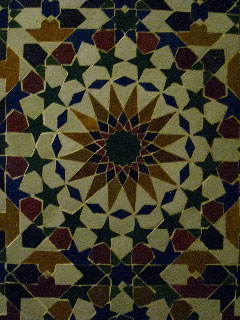
Images from the Grand Mosque, Casablanca:
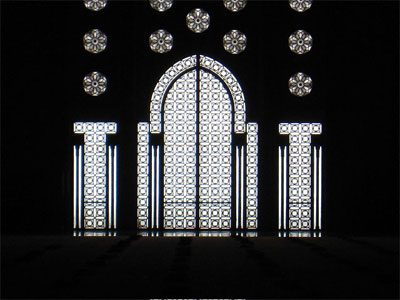
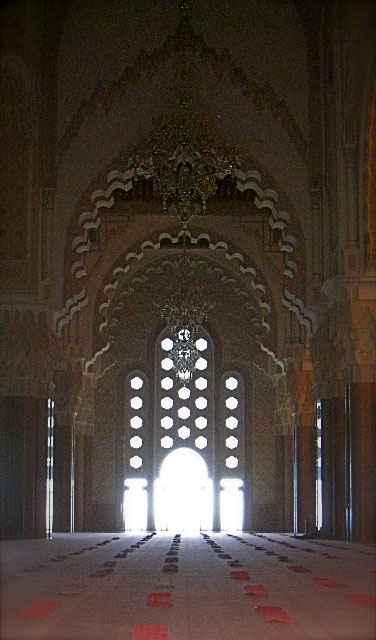
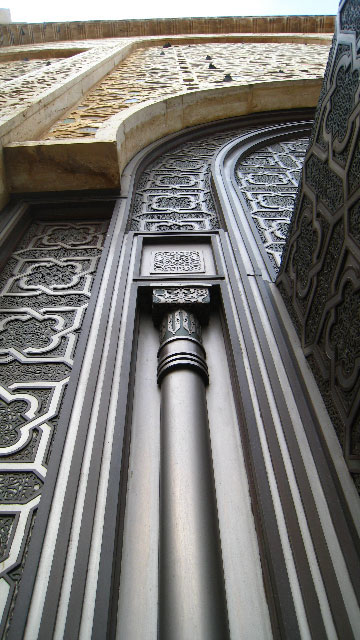
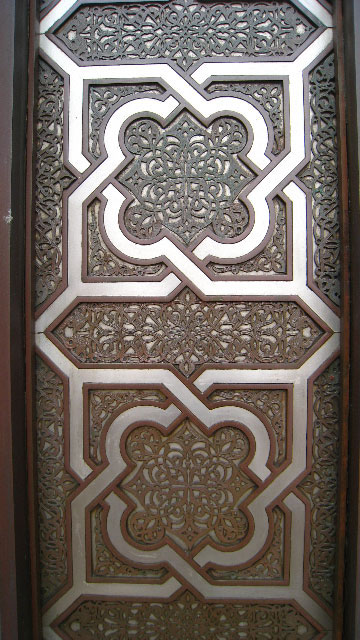
The wealth of colours and the skill used to combine different tones help the compositions to stand out, creating the illusion of several different planes. Three-dimensional effects were used to enrich compositions, either through the repetition of motifs (such as the sebka pattern created from a network of diamond shapes), contrasting textures or the widespread use of muqarnas (known as muqarbas in North Africa) a three-dimensional geometric stalactite-like decoration.
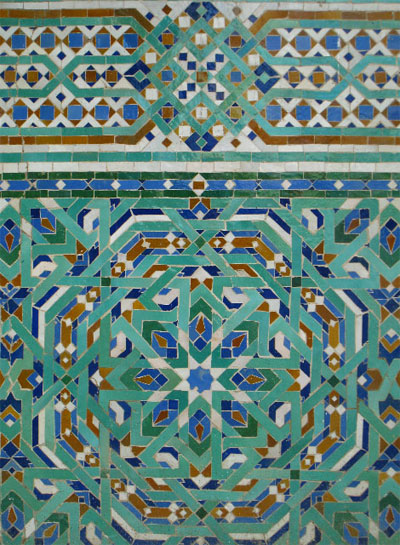
Geometric motifs, occasionally based on abstractions from the natural world, also have a symbolic meaning in keeping with the function of the object or building — and in any application, these interweaving applications bespeak the creation of a kind of geometric “breakdown”, or analyses, of the physical world, transformed to the ethereal realm of contemplation. Perhaps it’s the cartography of physical space, translated to a new dimensionality of comprehension. A door to another world…
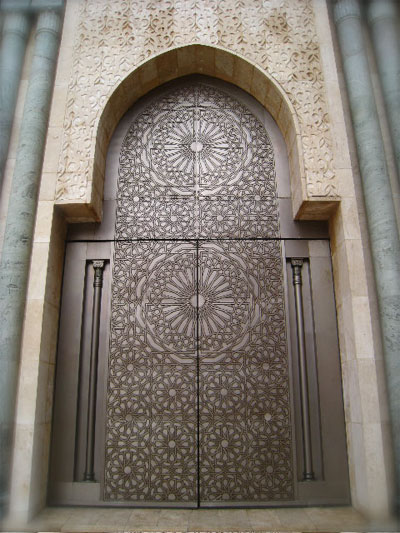
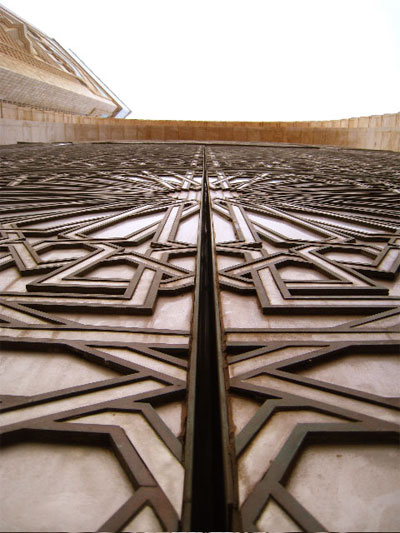
But, to my review and research, there’s nothing more that describes this character of ruled and demarcated mapping of space, making place — magical.
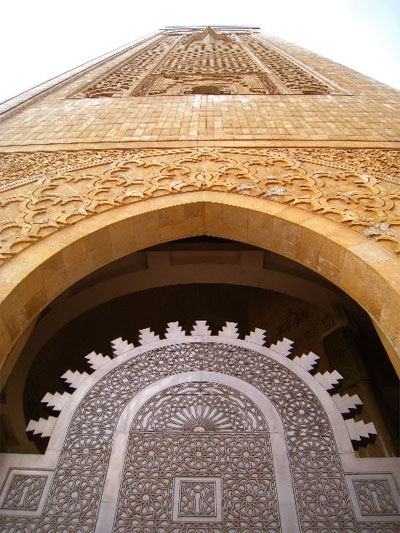
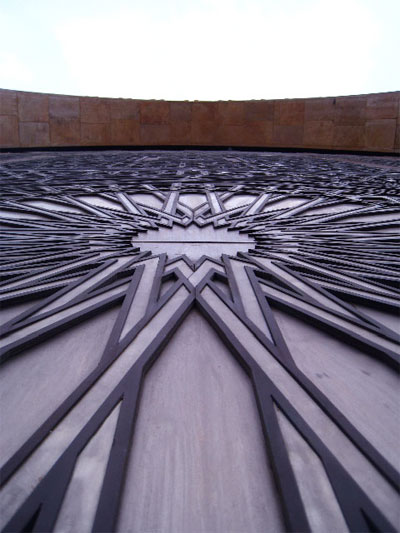
To the context of explorations, see these images for more, and let me know what you are showing, in terms of your own ideas and interpretations.

TSG | Casablanca, Morocco
References:
http://books.google.com/books?id=CQRWnf2JflQC&pg=PA75&lpg=PA75&dq=symbolism+of+weaving&source=web&ots=Hrv6CFKCgQ&sig=xsAbBdF53ugYPOu7FHZYDPz4d5s&hl=en&sa=X&oi=book_result&resnum=4&ct=result
http://www.theweavercode.com/weaving.htmlhttp://en.wikipedia.org/wiki/Namkha
http://www.cosmicknot.com/
http://en.wikipedia.org/wiki/Gordian_knot
http://books.google.com/books?id=o0aQMlFX8ugC&pg=PA115&lpg=PA115&dq=symbolism+of+weaving&source=web&ots=iYSE22BvGz&sig=WtVOB_qqnY7YKSts4sfdsb_Qntc&hl=en&sa=X&oi=book_result&resnum=1&ct=result
http://en.wikipedia.org/wiki/Celtic_knot
http://en.wikipedia.org/wiki/Ashtamangala
Trackbacks/Pingbacks